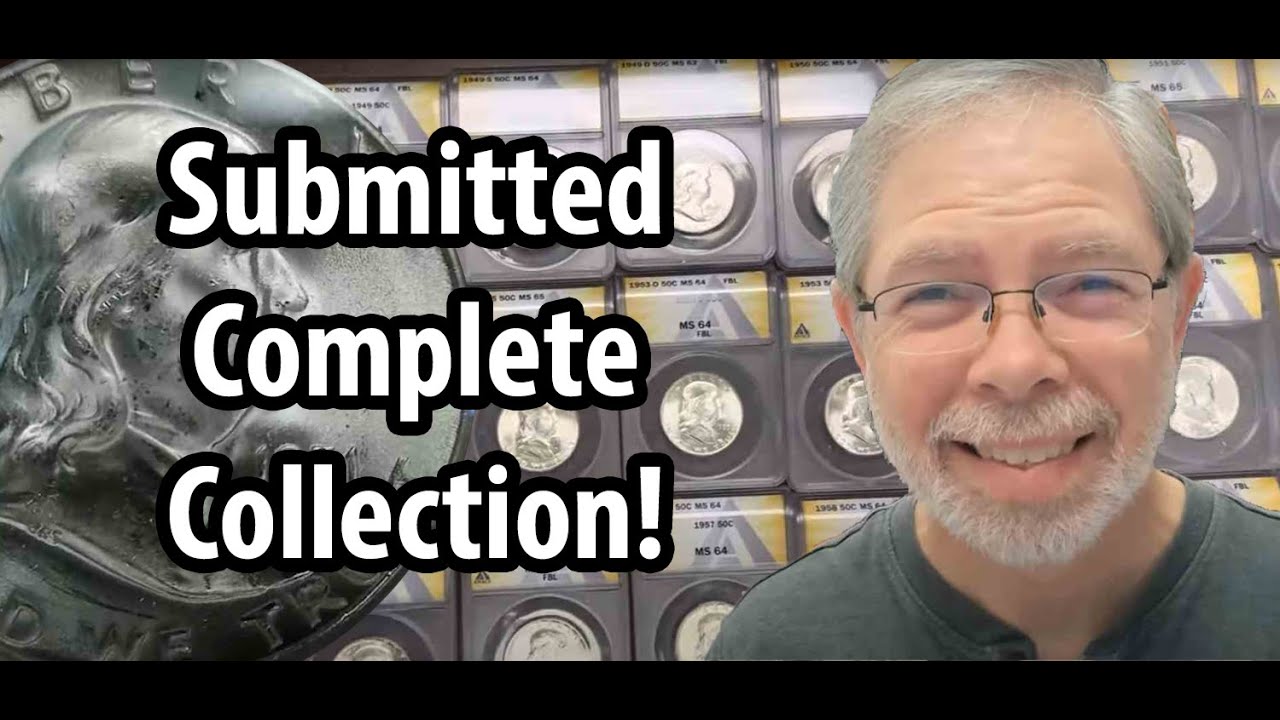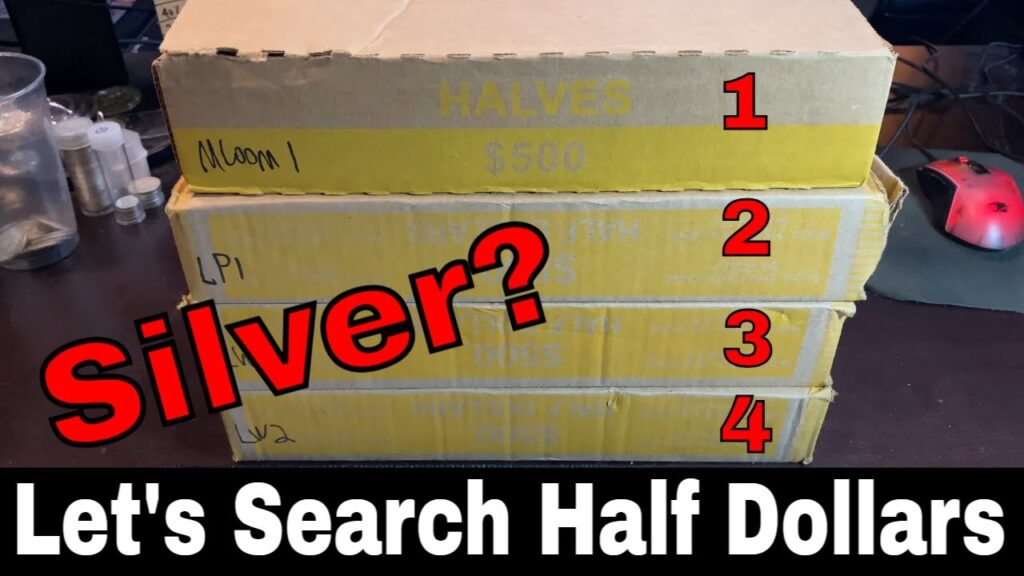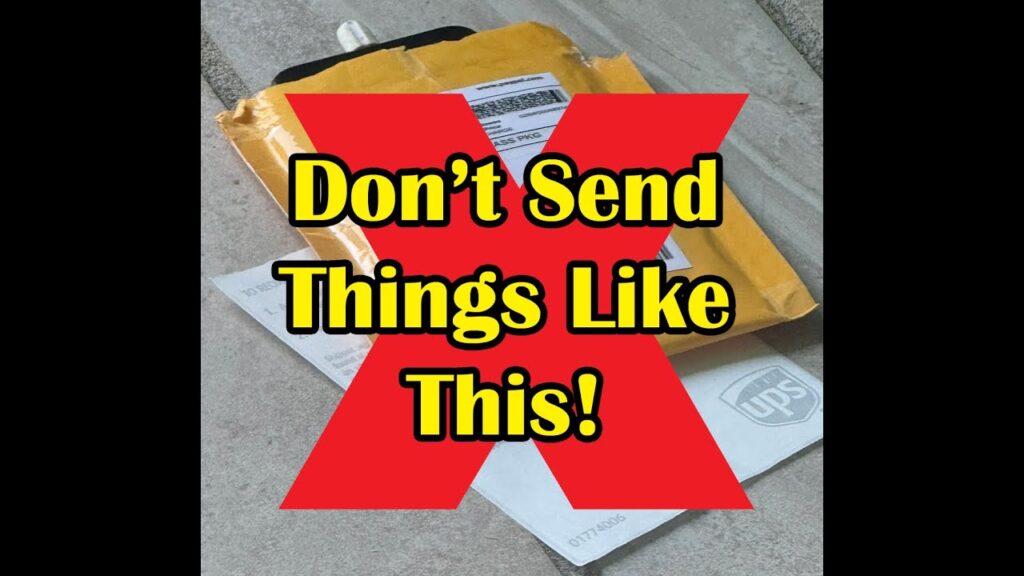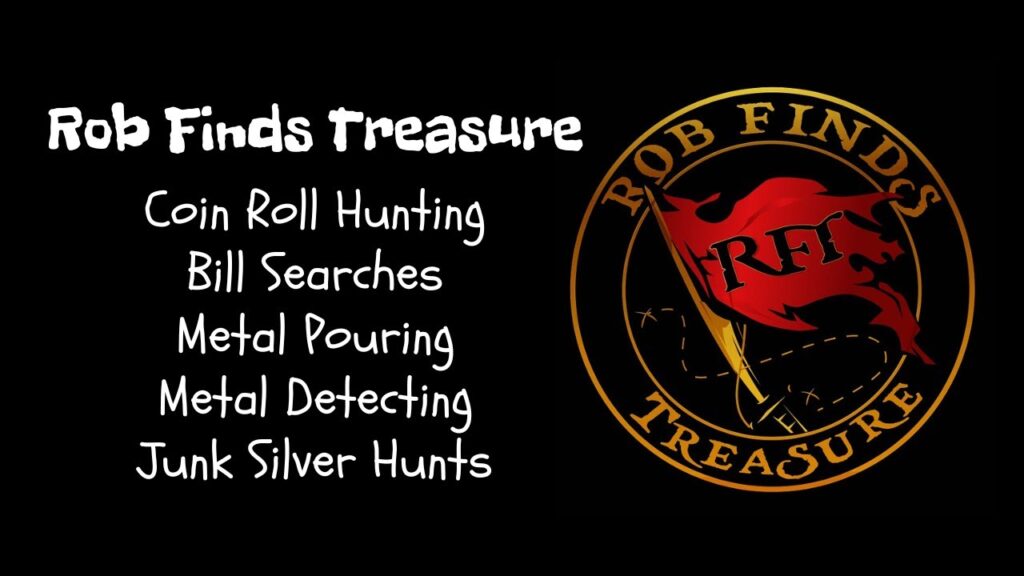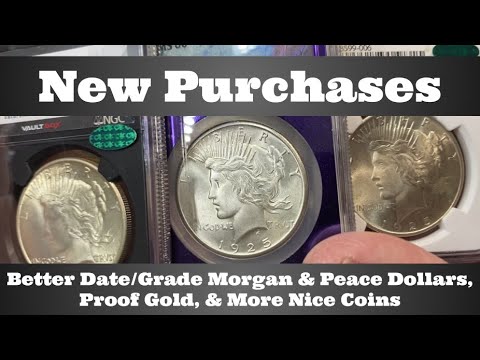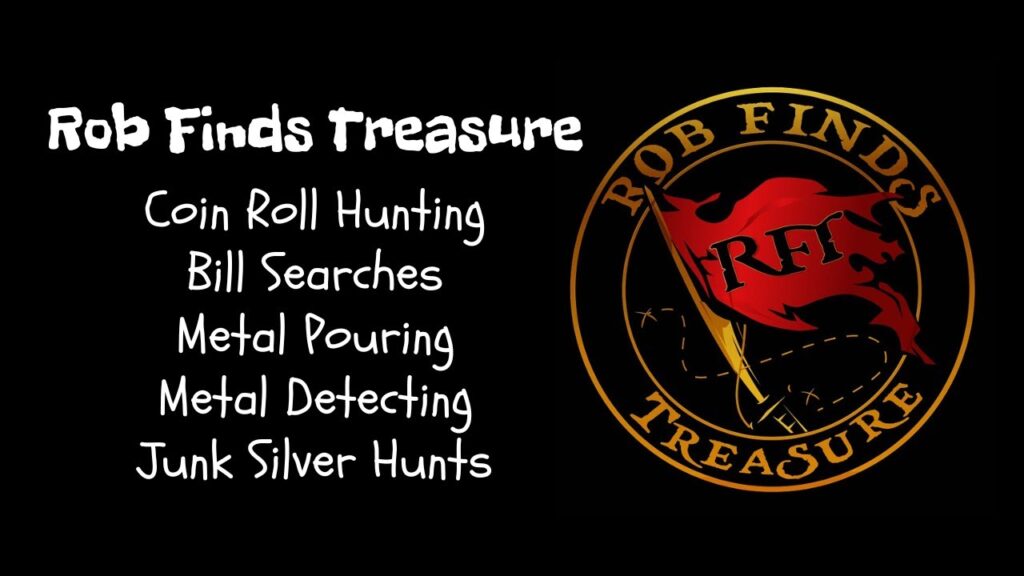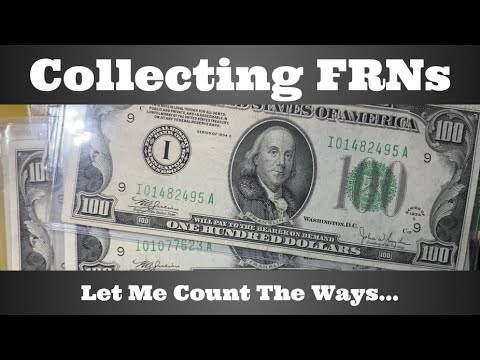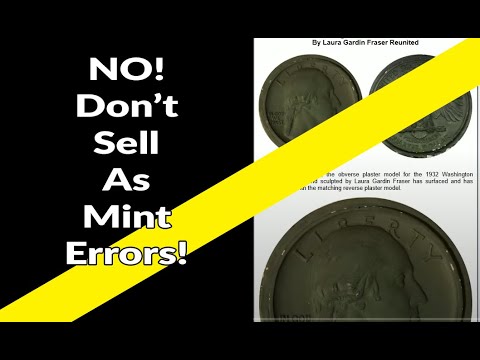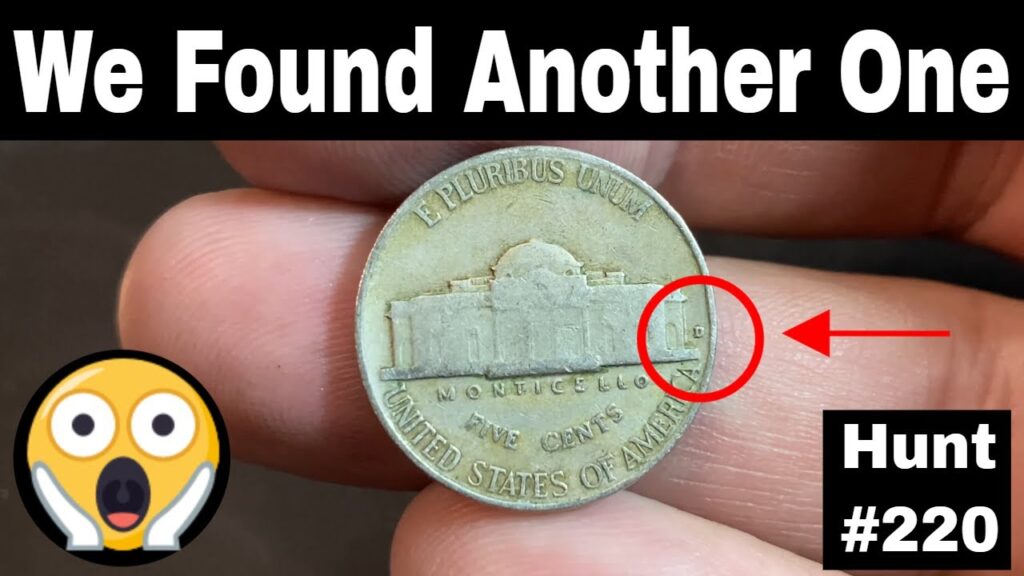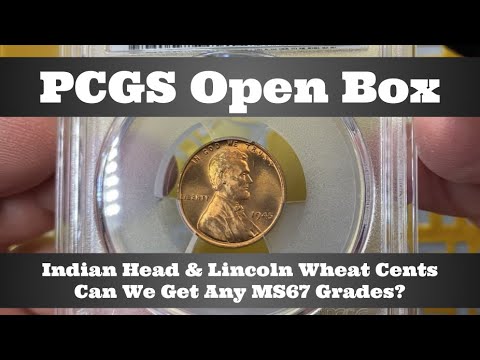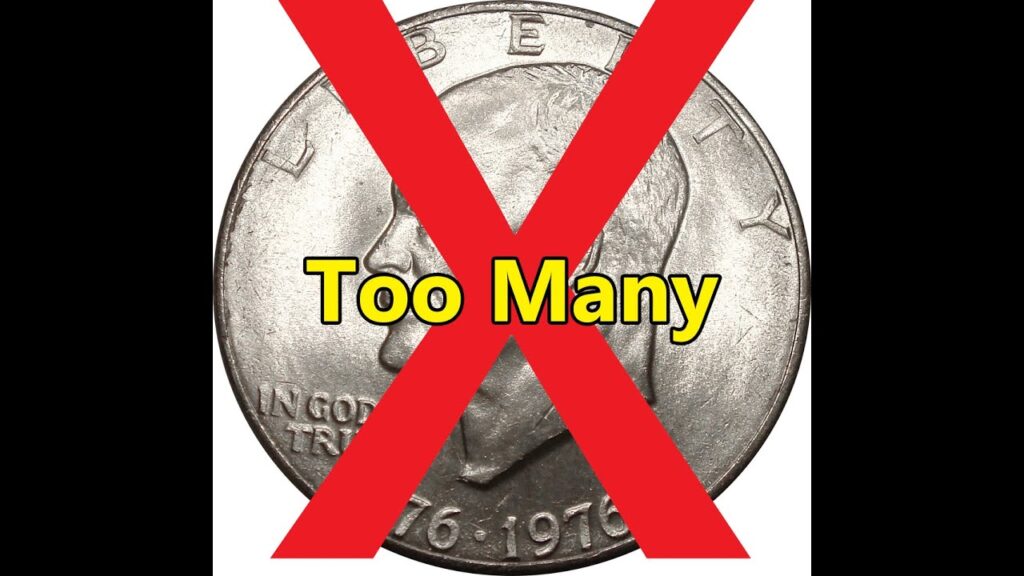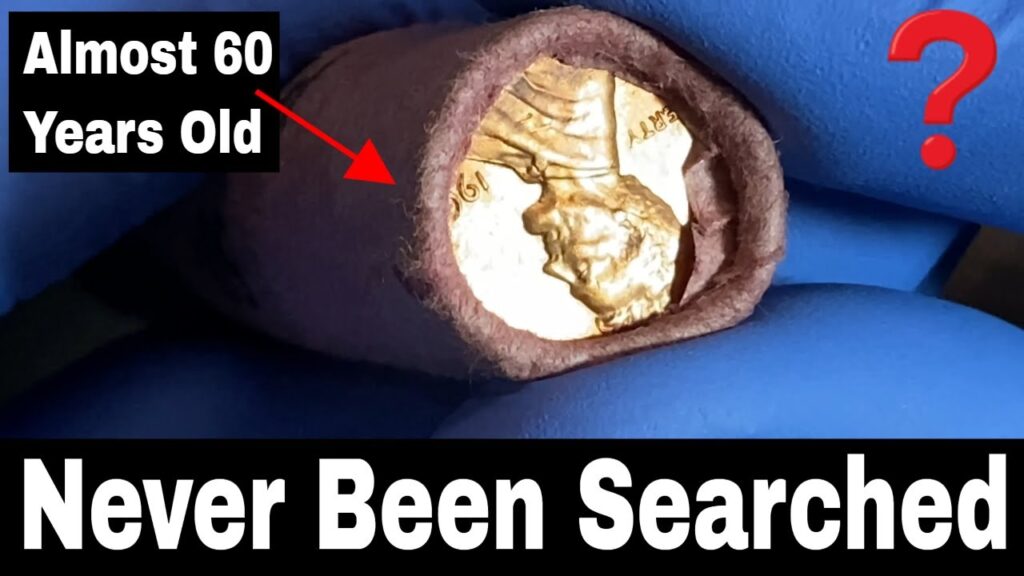Watch FIRST! https://youtu.be/SzTKQfkAhoo?si=SiWB8btd66jVWEHo
I Submitted A Complete Collection Of Franklin Halves To ANACS!
Buy Coins From Us: https://portsmouthcoinshop.com/
Help Community
Coin Value App: https://coinauctionshelp.com/coincollectingapps/
Mint Error App: https://errorcoins.coinauctionshelp.com/wordpress/
Join this channel to get access to perks:
https://www.youtube.com/channel/UCIYtW3byS0u7rBmXg71pXQw/join
I bought what was supposed to be a BU (Brilliant Uncirculated) or uncirculated complete Franklin half dollar collection and sent every one of them to ANACS for grading. Here’s how I did it. My name is Daniel, and you are watching Coin Help You. Thanks for watching my latest video.
Back on January 23rd, I made a video about Franklin half dollars and how I was submitting my collection. Initially, I planned to send them to PCGS, but after further inspection, I realized some wouldn’t grade high enough to justify the PCGS cost. PCGS would have been too expensive, so I sent them to ANACS instead. I’m glad I did because the submission itself cost me around $500, which is about what I paid for the collection—maybe $550 or $600. I’m not 100% sure because I spread the cost across several albums and purchases I made that day.
I thought a few of the coins had the “Bugs Bunny” die clash and submitted them under that category, but they weren’t attributed as such. That was disappointing because I had done image comparisons, and they showed die clashes around the mouth. Unfortunately, ANACS did not recognize them, adding a bit more cost than expected.
Some of the coins had toning, as you can see in the images. I restored them, so if you watch my previous video, you’ll see their before and after states. The entire collection cost a little over $1,000, including grading.
Grading Results
The first coin is a 1948 MS63 Full Bell Lines (FBL). While FBL adds value, it’s most significant for grades 65 and up. The exception is the 1953-S, which is very difficult to get with full bell lines. Here’s what a full bell line coin looks like. Even though it has a lot of marks, you have to turn the coin under light to confirm the bell lines.
Next is the 1948-D, which graded MS64 FBL. None of my coins received a 65 FBL, but all graded Mint State. Another FBL example is the 1949 in MS64. When looking at FBL, you’ll notice inconsistencies and gray areas regarding what counts as full or weak lines. The 1949-S, unfortunately, did not receive an FBL designation and was graded MS64.
The 1950 came in at MS64 FBL, while the 1950-D also received an MS64. The 1951 graded MS65 but didn’t get the FBL designation. The 1951-D was MS64 FBL, and the 1951-S was MS65. That coin has a nice frosty appearance, the kind I prefer when collecting Franklin halves.
The 1952 had a marked-up finish, making me think it was circulated, but ANACS graded it MS60. If I sent it to PCGS or CAC, they might have given it AU58 or even marked it as cleaned. That’s the reality of coin grading.
The 1952-D was graded MS63 FBL, and the 1952-S came in at MS65. Throughout the collection, I was fortunate to receive problem-free grades. The 1953-D graded MS64, and while I got a 1955 Bugs Bunny variety, I was confident there were more. The 1953-S, infamous for being tough to find with FBL, graded MS65 but didn’t quite meet the FBL standard.
The 1954 was MS64 FBL, and the 1954-S was MS64. A mark across the cheek came from the reeded edge of another Franklin half, which some mistake for an error. The 1954-D was MS64 FBL.
The 1955 Bugs Bunny FS-401 was MS64 FBL. Comparing it to other coins, you can clearly see the die clash resembling teeth. However, ANACS was more liberal with some grades than I expected. Dealers often prefer PCGS, which could impact resale value.
The 1957 was MS64 FBL, while the 1957-D had some scratches but still passed as MS64. The 1958 was MS64, and the 1959 graded MS65. Looking at these coins under high magnification makes the marks more visible than they are to the naked eye, which can impact grading perceptions.
Final Thoughts and Value
The 1960 was MS64, and the 1960-D was MS64 FBL. Collections advertised as uncirculated often contain a few outliers, some of which have been dipped or cleaned. The 1961-D was MS64, and I love the frosty luster on these coins. The 1962-D was MS65, while the 1963 was MS65. Finally, the 1963-D was MS64 FBL, featuring significant die file lines.
The total collection’s CPG retail value is $1,577, while the wholesale value is closer to $1,030. Since I paid around $500-$600, I stand to make a profit. I could sell it quickly to another dealer, list it on eBay, or post it on my website for a modest return. However, I primarily did this for video content and enjoyment.
Coin grading is like playing the lottery—you never know what you’ll get. I hope you found this breakdown helpful. Please watch my first video and my guide on Bugs Bunny Franklin half dollars.

